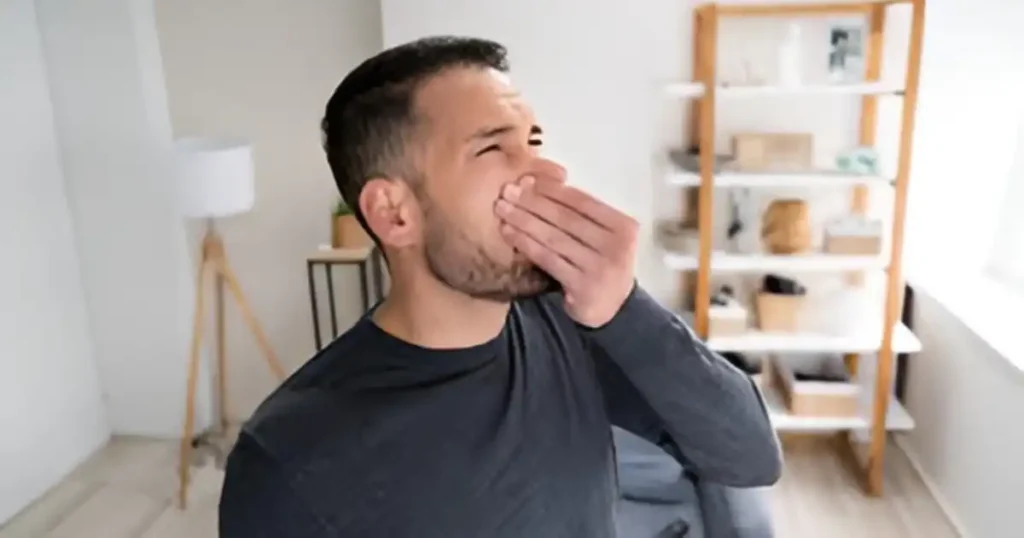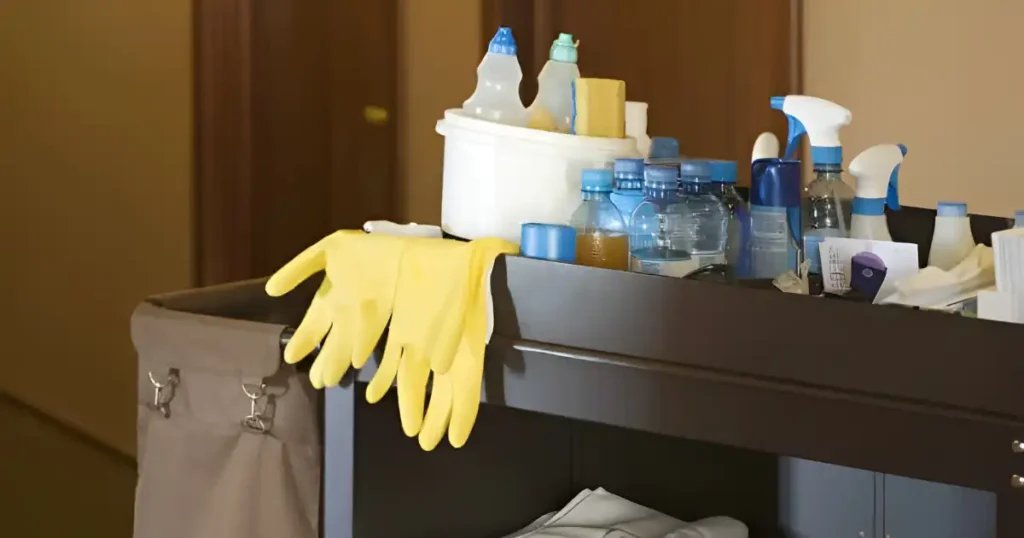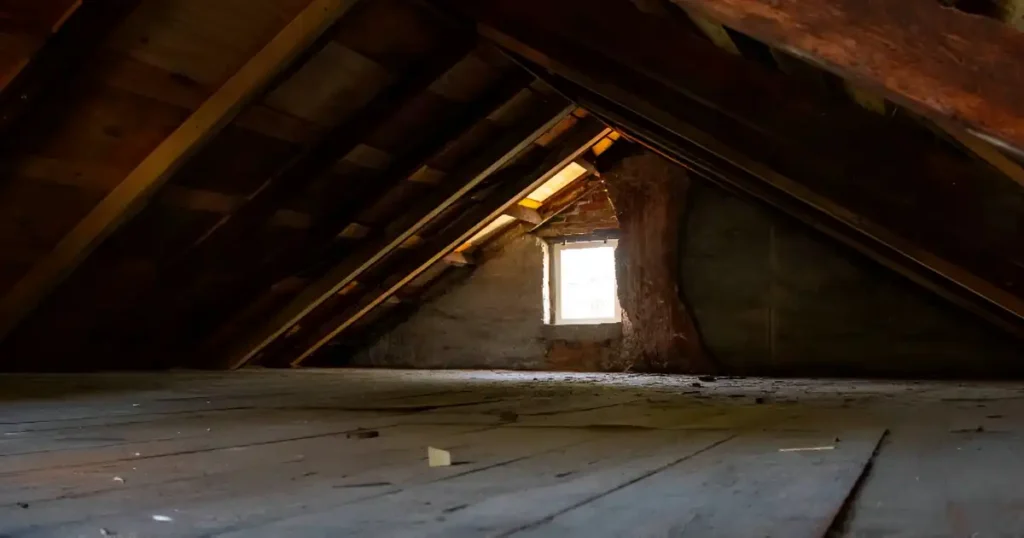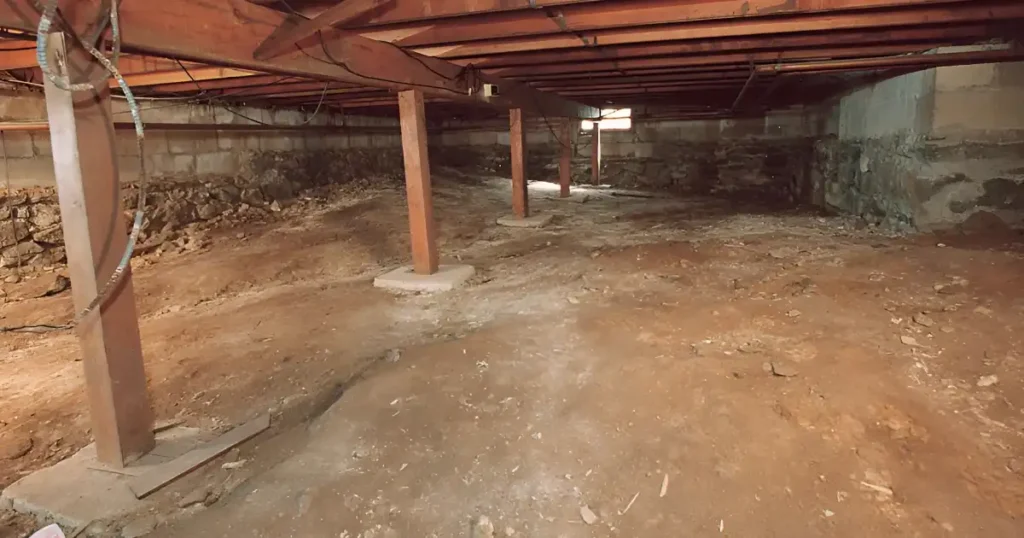
When an animal dies, dead animal removal is an essential service for homeowners and property managers. It helps prevent health hazards and unpleasant odors while ensuring a clean environment. Ignoring the presence of a deceased animal can lead to issues such as pest infestations and the spread of diseases.
Understanding the importance of professional dead animal removal can save individuals time and effort. The process generally involves safe handling and disposal methods that comply with local regulations. Individuals seeking assistance can expect a thorough evaluation and prompt resolution of the problem.
This topic is relevant for anyone who may encounter such situations, such as finding a dead rat or other animals, as it combines practical advice with insights on maintaining property hygiene. Exploring the details of the removal process can empower readers to make informed decisions should they face this issue.
Dead animal removal involves specific regulations and safety protocols that ensure the process is handled efficiently and safely. Knowledge of these elements is crucial for property owners and residents.
Regulations often vary by locality. Property owners are typically responsible for removing deceased animals from their premises. Local laws may require notifying animal control or a professional wildlife removal service for compliance and safety.
In many regions, specific guidelines stipulate how to report animal carcasses found on public roadways or parks. When dealing with private property, owners must ensure the removal adheres to local health codes to prevent odor and contamination.
Key Points:
Handling dead animals carries various risks, including exposure to diseases such as rabies or leptospirosis. Improper removal can lead to contamination of the surrounding environment, posing risks to both humans and pets.
Safety equipment, such as gloves and masks, must be used when dealing with carcasses. It's best to avoid direct contact to minimize health risks. Hiring professional wildlife removal services ensures that the removal process is safe and compliant with regulatory guidelines.
Summary of Risks:

When faced with the unfortunate situation of needing dead animal removal, selecting the right service is crucial and the best way to proceed, as professional dead animal removal companies use equipment and follow procedures that ensure the safest and most effective removal. Various local providers specialize in this task, ensuring efficient and humane handling of the deceased wildlife.
Choosing the appropriate dead animal removal service involves assessing several factors. First, look for companies that offer immediate response times, as timely removal minimizes health risks and unpleasant odors.
Consider the expertise of the providers. A company with experience in dead wildlife removal will likely handle the situation more efficiently. Verify that the service is licensed and insured, protecting both the service provider and the property owner.
It's also wise to check customer reviews and ratings. Reliable feedback can indicate the quality of service. Additionally, comparing pricing from different local providers can help ensure affordability. For those searching online, terms like “dead animal removal near me” and “dead animal pick-up service near me” will yield relevant results quickly. For example, Texas residents can contact Critter Stop for a safe and thorough removal.
Finding a local dead animal removal service is crucial for quick and effective assistance. Many providers operate within specific regions, so knowing available services makes the process smoother.
Using resources like Google Maps or local directories, individuals can search for dead animal removal services nearby. Keywords such as "removal of dead animals near me" and "deceased animal removal near me" can direct them to local companies with a strong operational presence.
Many services provide a geographic coverage area and are listed with contact information. A quick phone call helps ascertain if they can respond to urgent requests, removing dead animal remains safely and efficiently.
In summary, understanding the options available and choosing the right service provider plays a critical role in addressing dead animal removal needs effectively.
Dead animal removal services vary widely in cost. Several factors influence pricing, including the type of animal, location, accessibility, and necessary aftercare. Understanding these factors can help individuals budget appropriately for this service.
Pricing for dead animal removal can range from $100 to $1,000 or more, depending on the circumstances. Some specific costs include:
Understanding these factors helps estimate final expenses more accurately.

The removal process for dead wildlife involves specific procedures, disposal methods, and considerations for unique situations. Knowing the right techniques ensures a safe and efficient removal while also maintaining hygiene.
The initial step in dead animal removal is identification. This includes assessing the type of animal and its location, such as a raccoon in the attic or a squirrel in the crawl space.
Once identified, professionals use various tools, such as gloves, tarps, and biohazard bags, to ensure safety. In Dallas, for example, specialized services are available to handle these tasks effectively. These services adhere to regulations for safe handling to prevent disease transmission.
After the animal carcasses are safely extracted, technicians can clean the area to eliminate odors and potential health risks.
Disposing of animal carcasses must follow local guidelines. Options include landfill disposal, incineration, or contacting animal control for assistance. Ensuring the method chosen adheres to legal requirements is essential for public health.
After disposal, sanitation is vital. This may involve treating the area with disinfectants to eliminate bacteria and dead animal smell. Bleach solutions and enzyme cleaners are commonly recommended.
It's important to inspect the surrounding environment to ensure no remnants are left behind. Additional pest control measures may be necessary to prevent further infestations.
Special cases may require unique handling techniques, especially if dealing with large wildlife or complicated locations. For instance, removing a deer from a roadside involves authority notification and may necessitate specialized equipment.
In instances of a dead animal in a vent, accessing the location can be challenging. Professionals typically use specialized equipment to locate and remove the carcass effectively.
In multi-animal situations, such as discovering multiple rodent carcasses, a comprehensive assessment ensures that any underlying issues are addressed. Understanding pest behavior helps in planning future prevention strategies.

After the removal of a dead animal, effective aftercare is essential to ensure the area is clean and free from unpleasant odors. Implementing preventive measures can help avoid future issues related to animal infestations.
Following the removal, it's critical to clean the area thoroughly. Start by sanitizing the space with appropriate disinfectants. Products containing enzymes can effectively neutralize dead animal smell.
Steps for Deodorizing:
Consider using odor-absorbing materials like activated charcoal or baking soda to absorb lingering smells. Dispose of any contaminated materials properly to prevent health risks.
Preventing future incidents requires vigilance and maintenance. Regular inspections around property perimeters can help identify possible entry points for animals. Sealing gaps and holes in walls or fences is a must.
Preventive Tips:
For Fort Worth residents, utilizing professional services for dead animal removal can ensure thorough cleanup and provide advice on prevention strategies. Implementing these practices can significantly reduce the likelihood of future problems.
Think you’ve got a dead animal? Look no further! Critter Stop is a fully licensed and insured professional wildlife removal company servicing commercial and residential customers in Texas. We have quick turnaround times and offer thorough dead animal removal services. Contact Us at (214) 234-2616 and schedule your free inspection and estimate today!

This section addresses common inquiries regarding dead animal removal. It covers various aspects from finding services to health risks involved.
Individuals should contact local animal control services or wildlife agencies for dead animal removal. Some areas may also have private companies that specialize in this service.
To find a local service, one can search online directories or use search engines with keywords like "dead animal removal near me." Checking reviews, community bulletin boards or asking neighbors can also yield helpful recommendations.
To report a dead animal on public property, individuals should contact their local municipal office or animal control department. Many cities have specific hotlines for these reports.
Proper disposal methods include burial at a sufficient depth or taking the animal to a veterinarian or animal control for incineration. It's important to follow local regulations when disposing of a deceased animal and, as such, the best way to proceed is to contact a professional wildlife removal company that offers dead animal removal services.
In municipal areas, the responsible agency is typically the local animal control or sanitation department. These agencies manage the collection and disposal of dead animals in public spaces.
Dead animals can pose health risks such as the spread of diseases and attracting pests. To mitigate these risks, it is essential to avoid contact and promptly report or remove the carcass.
Visit our Critter Library and learn more about our furry friends